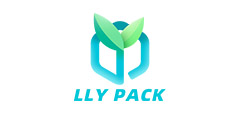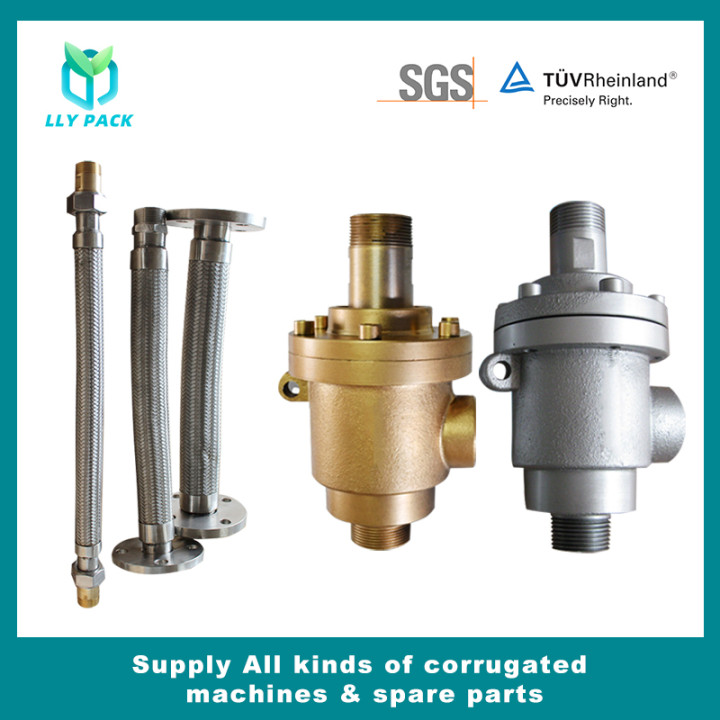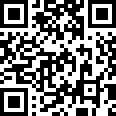3. Thin line processing
It is inevitable to adopt some thin lines in the design of corrugated boxes. We must pay attention to these lines. Because in the development process of the flexographic plate, the unexposed portion is washed away by the developer and the brush, leaving only the embossed portion of the graphic portion. Therefore, the width of the thin line must not be less than 0 5 mm. If it is an isolated line, the width should be increased appropriately.
Small incontrasting lines and color patches often get stuck in the print due to the spread of surrounding colors. In this case, we must thicken the width of the thin lines to suit the printing needs. For example, we encountered a similar problem when dealing with the design draft of a black toothpaste carton carton. There were 4 anti-white spots in each eye of a black man's head, and it was easy to stick to death when printing, by adding 0 to the anti-white spots. After the .75-point white border, the above problem no longer occurs in the printing of the finished printing plate.
In addition, the strokes in some fonts are very thin. For example, when designing Song Box, try to avoid using such fonts. However, if you use it for edge-adding, you can get the ideal printing effect.
4. Image Level Processing
Because the flexible version is a letterpress, the material is highly flexible and easily deformed, so that the net points after pressurization increase seriously. In the process of plate making, 2% or less of the dots are easily lost during the cleaning process and the printing process cannot be reproduced very well. 3% of the dots will increase to 10% after printing, so the corrugated box printing cannot be achieved from 0 to 100%. Gradient or achieve a very soft level transition effect. Therefore, the range of highlights and shades that can be expressed by flexographic printing products is relatively small. If the design points to a gradient of 0%, there will be obvious boundaries at the small network or at the net, which will affect the aesthetics of corrugated box packaging products. In the prepress processing must adjust the level of the image to avoid similar problems.
5. Treatment of outlets and fields in the same color
Flexographic printing transmits ink through an anilox roller. The number of anilox roller lines determines the amount of ink transferred and the fineness of printing. The requirements for the amount of ink transferred from the screen image and the field patch are different. In general, the screen printing version uses the high number of anilox rollers to transmit the ink so that the screen printing is clear; while the actual printing version requires Use a low number of anilox rollers to saturate the color.
If one of the colors in the design draft is to be used for both halftone image and field patch, and the visual requirements are prominent, it is difficult to take into account. In particular, the manuscripts with darker colors in the field take care of the part of the mesh tone, and they are not printed on the ground or are light in color; taking care of the field, the halftones will be crushed and dirty. Although it can sometimes be solved by selecting an anilox roller with a medium number of lines or by reducing the number of screen lines in the halftone portion, no optimal printing effect can be achieved in any case. Therefore, in the case of such a situation, color separation is generally made into a halftone version and a field pattern version, respectively, to facilitate the printing operation.
6. Bar code
Since the flexographic plate is adhered to the plate cylinder, the plate is deformed during the process of the plate, and the flexographic plate is also easily deformed under pressure during the printing process. Therefore, attention must be paid to bar code processing. For different printing machines and different bar code sizes, the bar code must be reduced before plate making to ensure that it can be correctly detected after printing.
In addition, the print production personnel should also understand the printing direction and size of the bar code knowledge code. The bar code size should be referenced to the standard to be consistent with the print direction.
7. Film output size and plate size
When dealing with the large-scale corrugated carton packaging design draft, the limitations of the film output size and the plate-making size must be considered. At present, the domestic film output size is mostly within 1100mm x 800mm. This should be taken into account when designing large corrugated boxes. If the pattern size exceeds this range, it is best to modify it into a discontinuous pattern or individual individual patterns. Otherwise, you need to print
To splicing the plates, even if they are spliced carefully, obvious interfaces will appear on the printed patterns, which greatly affects the fineness of corrugated carton packaging.
8. Text processing
Before the official design of the revised design draft, it is best to convert the text into a path so as not to change the font due to incomplete fonts.
In short, the characteristics of corrugated box printing must be fully considered in prepress processing, and attention should be paid to the above issues in order to ensure the designer's creativity and obtain high-quality flexographic printing corrugated box products.
(Author/Li Junping International Paper Guangzhou Packaging Co., Ltd.)
"Printing Technology" corrugated box special issue 2005, 7
EnglishEspañolPortuguêsDeutschहिंदी日本語ខ្មែរNederlandsالعربية한국어मराठीMalagasyItalianoPolskiSvenskaελληνικάPусскийภาษาไทยTürkShqipMagyarViệtSamoaМонголMaltiIndonesia FrançaisMelayuҚазақшаYorùbáবাঙালিעִברִיתGàidhligSomaliEesti keelKreyòl Ayisyennorskčeštinaفارسیతెలుగుမြန်မာBosanskiMaoriქართულიRomânăбеларускіУкраїнськаతమిళGaeilgeSuomalainenپښتوລາວհայերենSlovenščinaFilipinoO'zbekÍslenskaייִדישLatviešuGalegoFryskनेपालीKurdîCatalàбългарскиHawaiianHrvatskiਪੰਜਾਬੀWong JawaKiswahililëtzebuergeschisiXhosaEuskalSundaZuluગુજરાતીТоҷикӣ
- Huis
- Over ons
-
Product List
- Golflijn
- Gegolfde machine >
-
Golde machine -reserveonderdelen >
- Roterend gewricht
- Kam voor Slitter Scorer
- Remblokken
- Diafragmpomp voor lijm
- Afvalpapierstripper
- Uitbreiding
- Flexibele metalen slang
- Slijpschijf
- Tape voor splicer
- Gegolfde roller
- Slijpmes
- Overheadbrug tractieriem
- Zonnescherm
- Transportband
- NC snijmes
- Stoomval
- Pneumatische cilinders
- Pneumatische rem
- Luchtboelveer
- Waterring vacuümpomp
- Golfmachines smeermiddel
- Rubberen spacer
- Titanium-vergulde spacer
- Flexo printer slotter
- Flexo -printermachine >
-
Printer -reserveonderdelen >
- koperen plaat
- Afdrukplaatrek
- ARO-pomp
- Stalen en koperen borstel
- Inktfilter
- Dokterbladen
- ANVIL COVER
- Slotting mes
- Vezelband
- Hangend frame
- Huisdier pre-strip met film
- R en bak printing kussen
- Voedingswiel
- Eénrichtingskleurig
- Rotary Die Board
- Enkele diafragmapomp
- Inktkanaal eindblok
- Rubberen diafragma
- Duckbill -klep
- Magnetische koppelingsrem
- Hangende groove strip
- Verpakkingsmachine >
- Kartonmachine >
- Kartonnen machineonderdelen >
- Dubbele faceriemen
- Stiksels lijmensysteem >
- Kartonnen snijmes >
- Wolfraamstalen mes >
- Slijpschijf
- Afvalstripper
- Verpakkingsmachine mes >
- Pre-press apparatuur >
-
Industrieel snijmes >
- Tegel Circular Saw Blade
- Metaal snijden zaagblad
- Houtsnijzaagblad
- Voedsel snijden zaagmes
- Vezelsnijmes
- Chipperblad
- Buigvorm
- Blade voor groentesnijdende machine
- Stalen dun mes
- Tsukatani Die snijdende mes
- Printer Die Cut Blade
- Masker machineblader
- Slitter Rewinder Blade
- TMR -mes
- Tabakscirculaire mes
- Roll Shear Blade
- Gekarteld mes voor verpakkingsmachine
- Papier snijdende band mes
- Dokter mes
- Ronde mes
- Three Holes Blade
- Keramisch mes
- Bandmesmes voor stof
- Bandmesmes voor sponsschuim
- Bandmesmes voor splijten machine
- Bandmesmes voor papier
- Meshouder
- Industrieel snijmes
- Freeskutter
- Hoekmolen
- Shredderblad
- V Grooving mes
- Elektrische schaar
- CNC Machine Blade & Tools
- Voedselverwerking mes
- Nieuws
- video
- Contactgegevens
- Klik Hier om onderzoek te sturen










